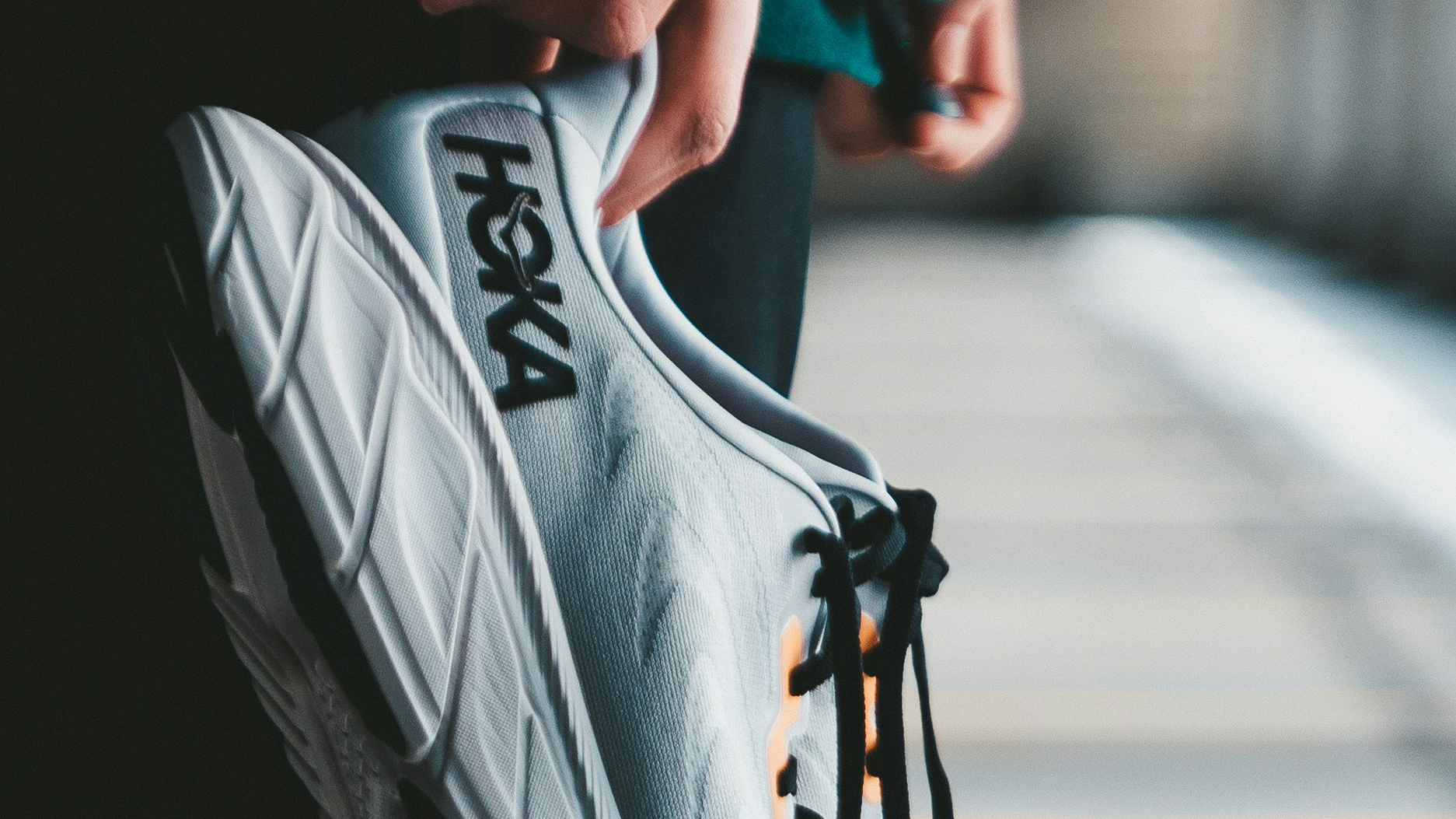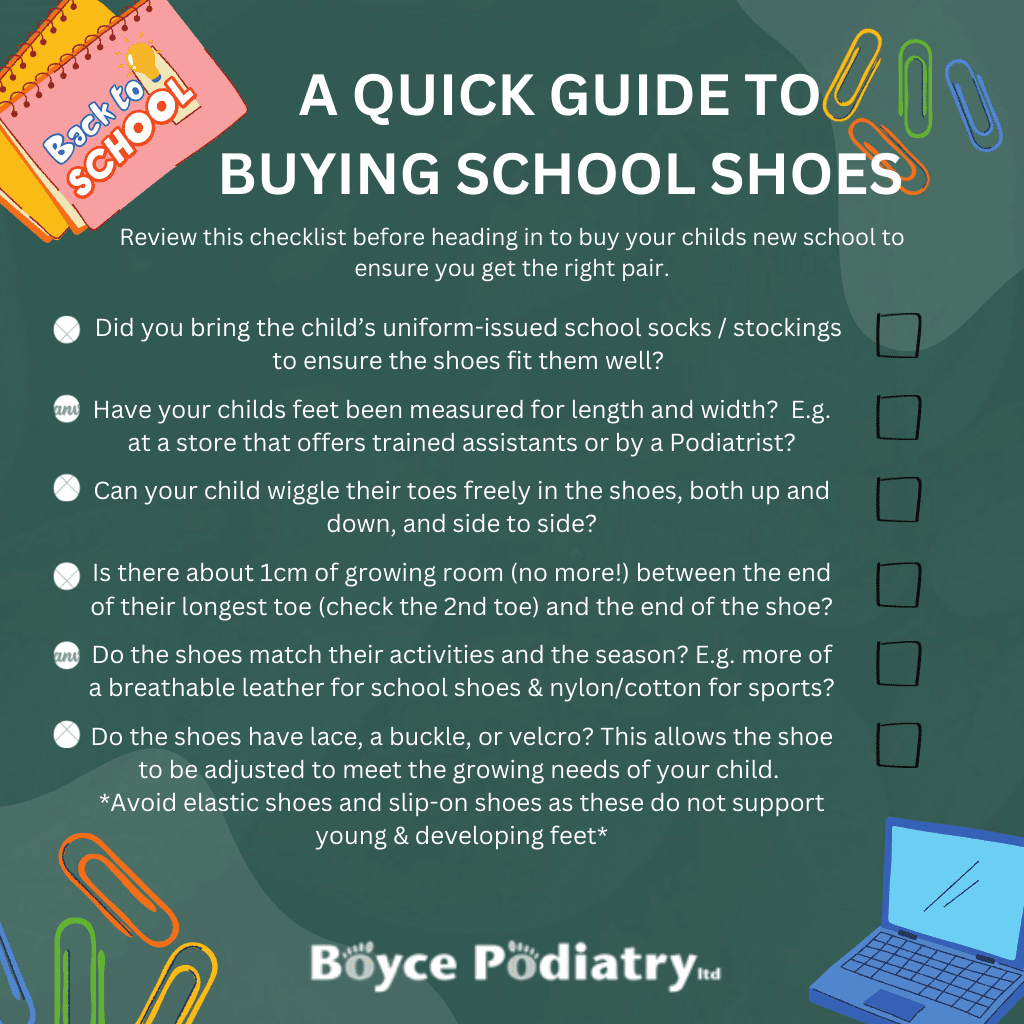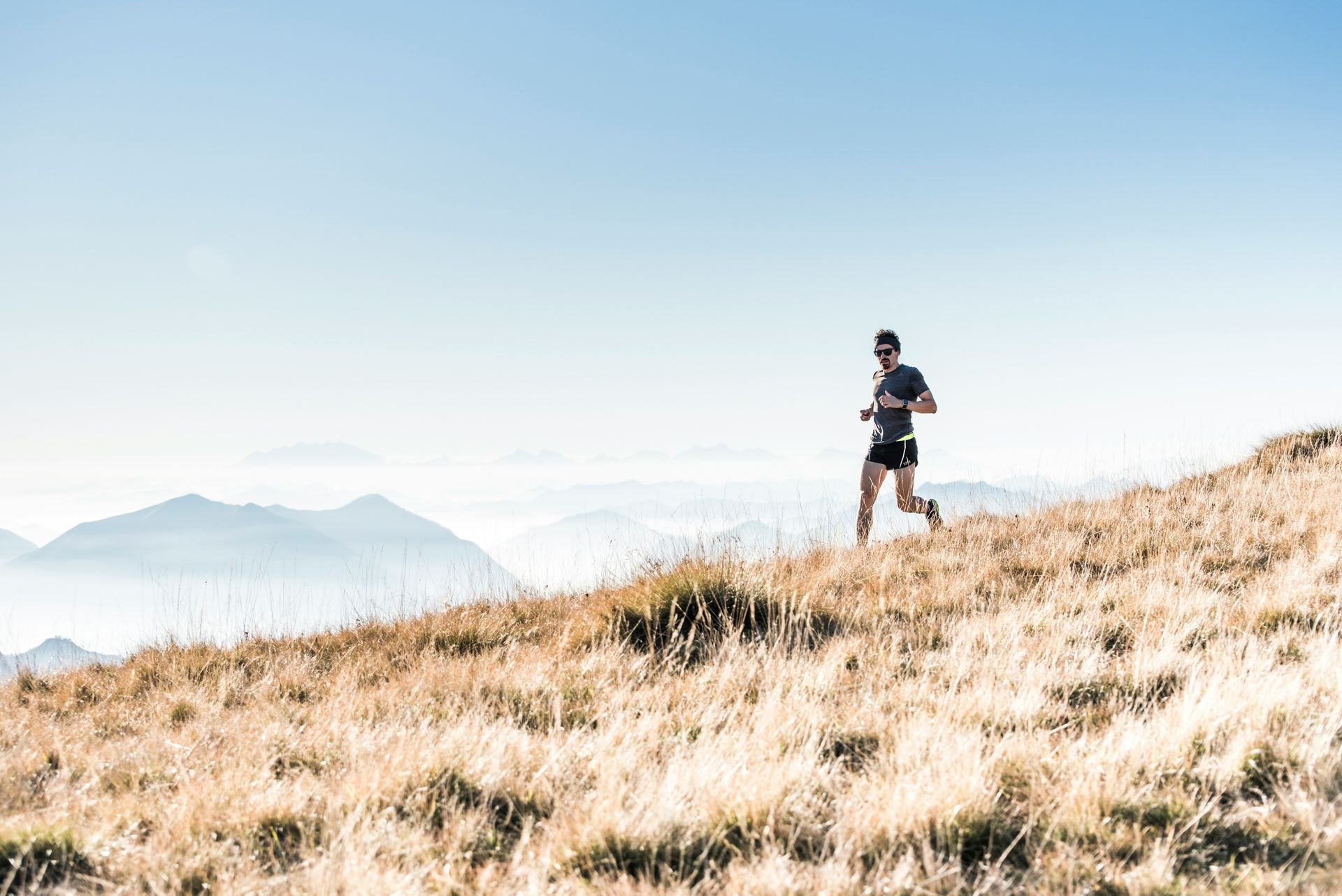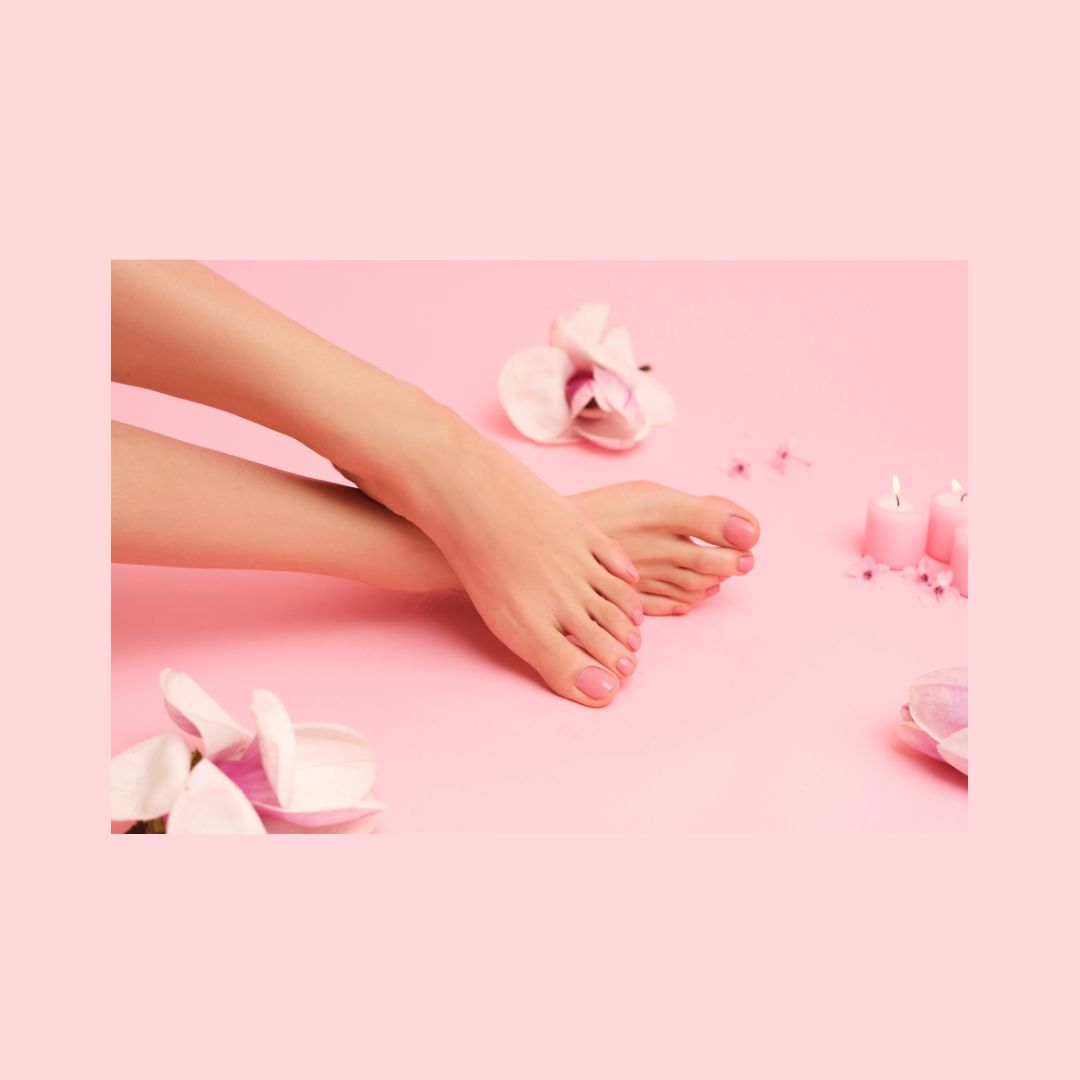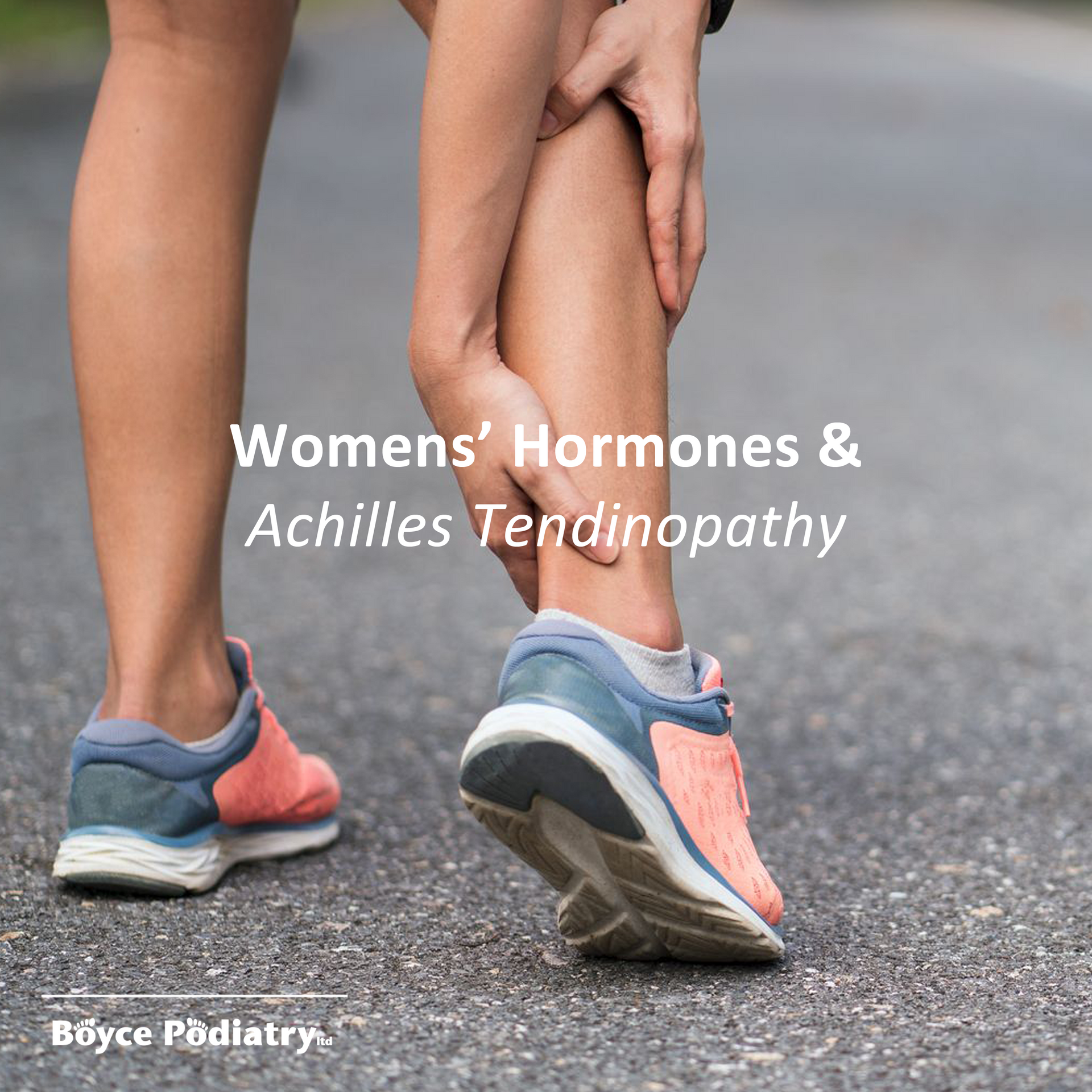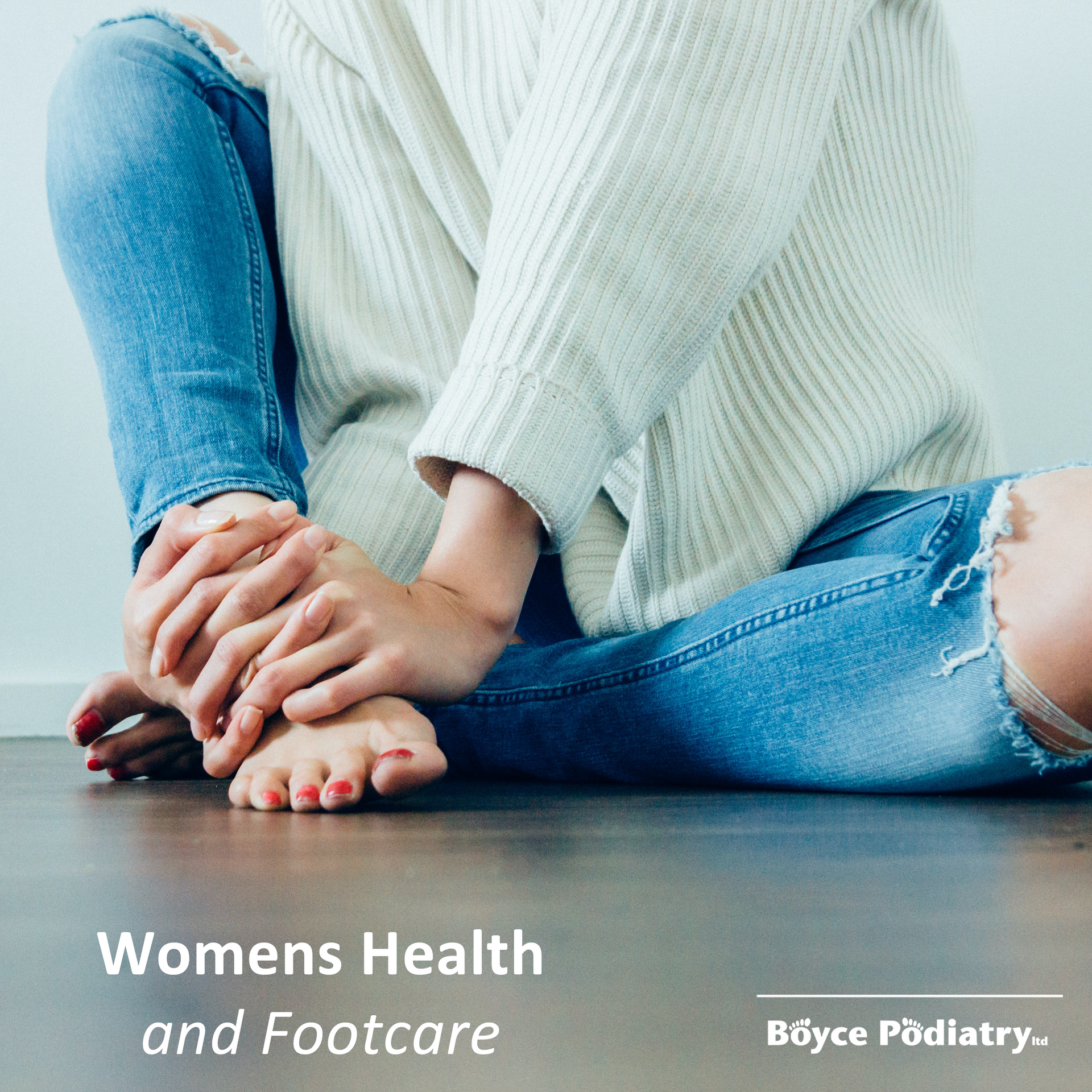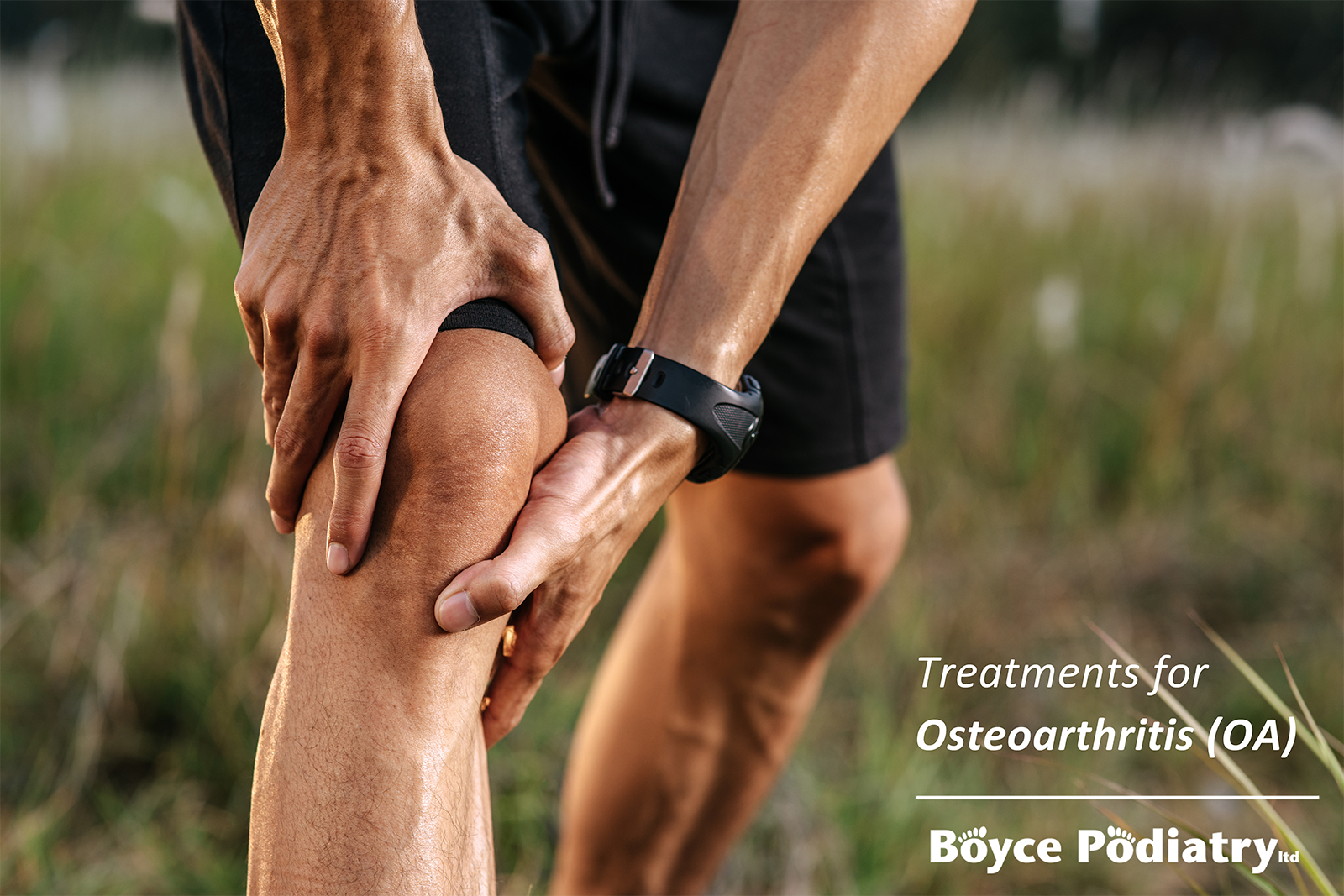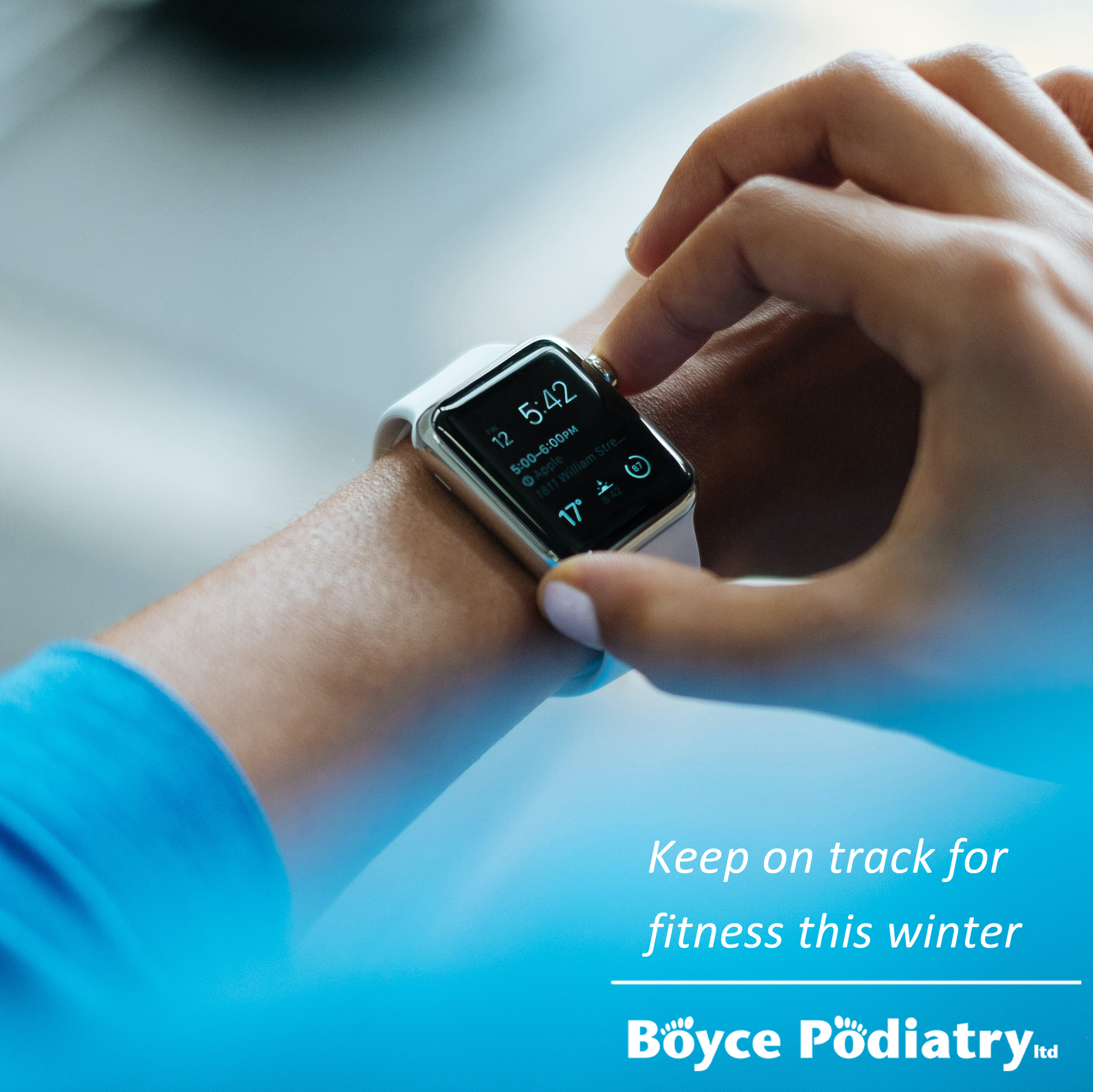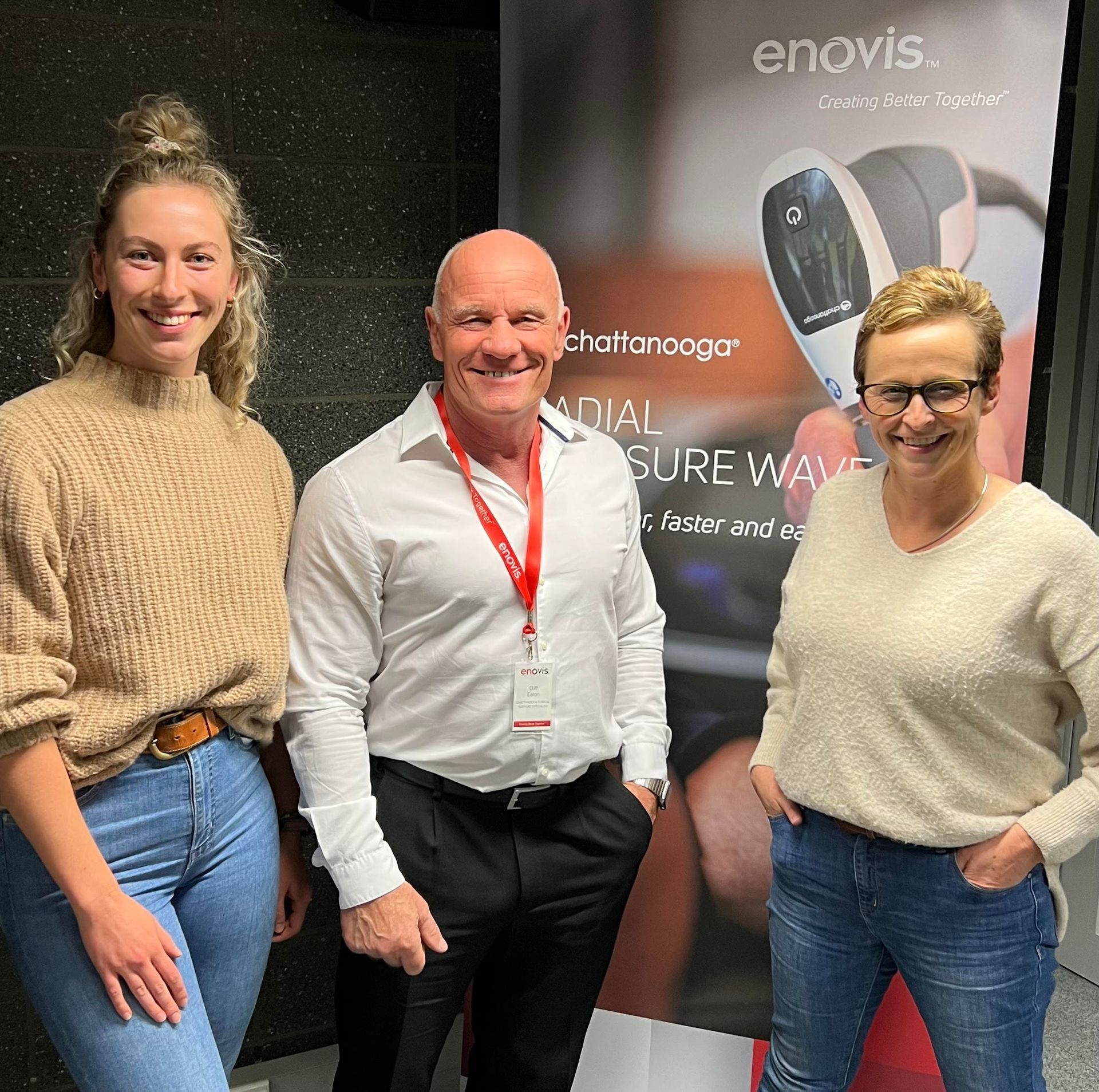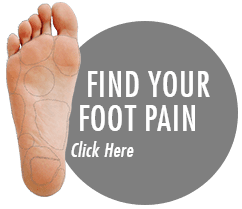A Podiatrist’s Guide to Tramping in Winter
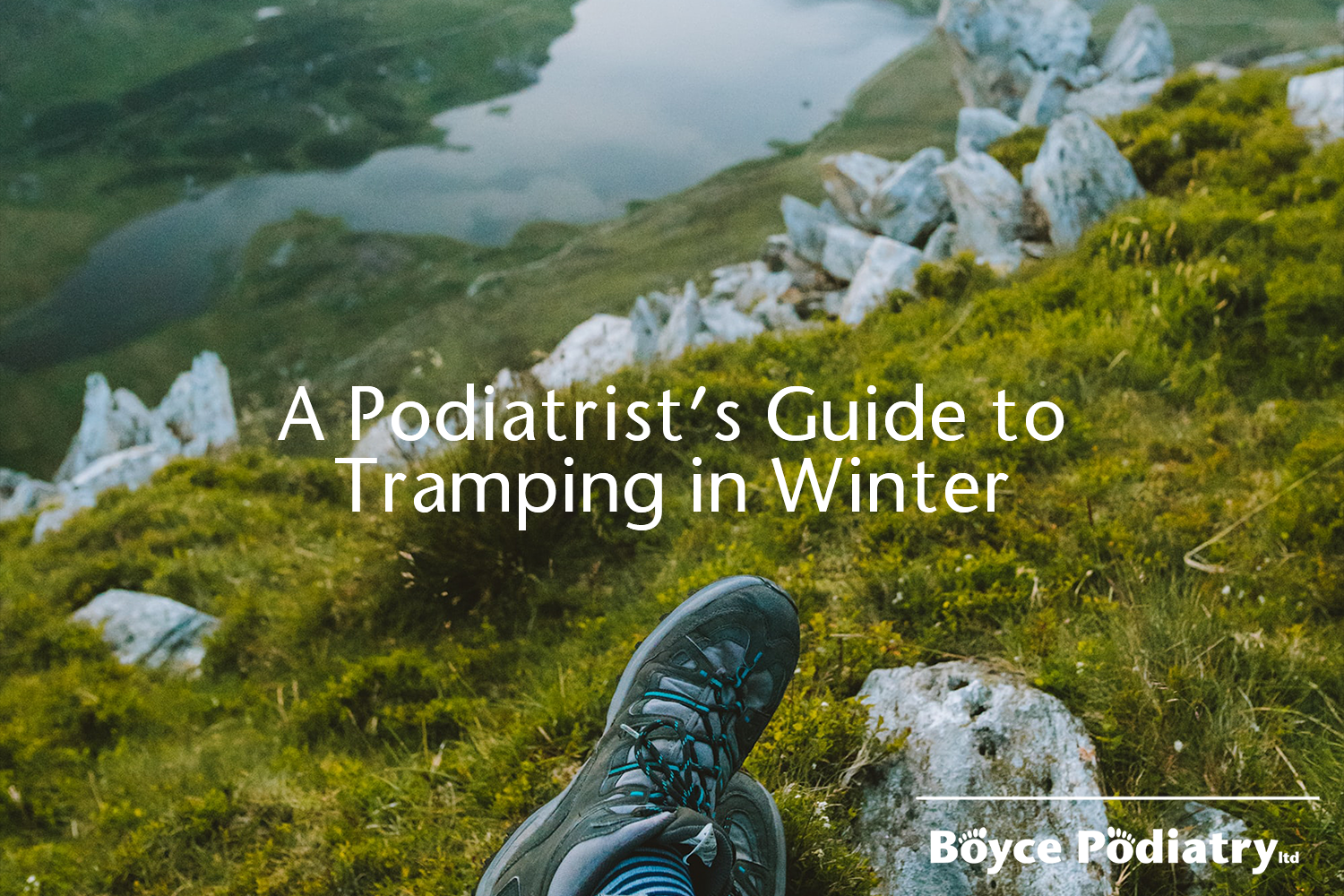
Whether you’re a beginner who’s looking to get into tramping or an experienced hiker this blog is for you.
There’s no better feeling than reaching the summit of a hike, taking a moment to appreciate all the beauty around you. A feeling that isn’t so great is your foot being in agony after a long hike.
Whether it’s those painful hotspots creating blisters or another niggle you can feel coming along, we’ve compiled a few of our favourite tips and tricks to have in your back pocket and first aid kit.
What’s the Best Sock For Tramping?
This might sound like common sense but is often overlooked. Not only is packing a few extra pairs of socks a good thing to add to your pack but the type and quality of sock is also important. There are a few different things to look for when looking at the type of sock.
a.
Fabric:
Wool is the most popular type of fabric because of its natural antimicrobial properties (which helps to retain smell), its temperature regulation and it helps with moisture wicking.
b.
Cushioning:
There are a few types of cushioning available - no cushioning, light, medium, and heavy. It’s a bit of an experiment at the start to see what kind you like best for your type of activity. Some socks like Thorlo and Drymax have especially woven fibres to help wick sweat/water away from the skin. You can get double lined socks to help reduce friction on hot spots.
c. Height:
No show, ankle, crew, knee high. Height is an important element when choosing your sock. A crew height is the classic height of hiking socks, it fits just above the height of the boot and helps to protect against any abrasion from a higher cut boot.
What’s the best shoe for tramping?
Starting off on your hiking journey it can be pretty overwhelming knowing what to choose with lots of choices on the market. Footwear is largely dependent on the type of activity you’re doing. Hiking boots are a popular option as they provide a lot more ankle stability especially over the uneven terrain. However, trail sneakers have become very popular recently, with their extra grip on the bottom they also allow more movement through the ankle. This style is ideal for those who are keen to do some more trail running. Make sure you have the right balance of support and cushioning for you and the activity you want to be doing. We use the expertise of The Shoe Clinic to help our clients find the right fit.
Blister Prevention Tips
Hikers Wool is one of Kylie’s all time favourites. Wool is not only natural but it also offers moisture wicking properties alongside cushioning. If you get blisters around your toes, weave the hikers wool between your toes to reduce the friction which is what causes blisters. You could also use some low friction tape, or lubricants such as vaseline or gurney goo on these areas to reduce friction.
What Not to use for Blister Prevention: Blister Plasters
For us these are at the very bottom of the list to have as an essential. Many people use them as a prevention tool but the bottom line is because they stick so well to the skin, if a blister starts under the plaster, when you peel it off you deroof the blister as well - we don’t want this to happen as this increased the risk of infection.
A few other additions to add to your toolkit include the normal things like ice spray, plasters (eg melolin or telfa pads if blisters open), and strapping tape. If you’ve got any other aches or pains don't hesitate to give us a call and make an appointment.
Watch out for our future blog on blisters prevention strategies.
